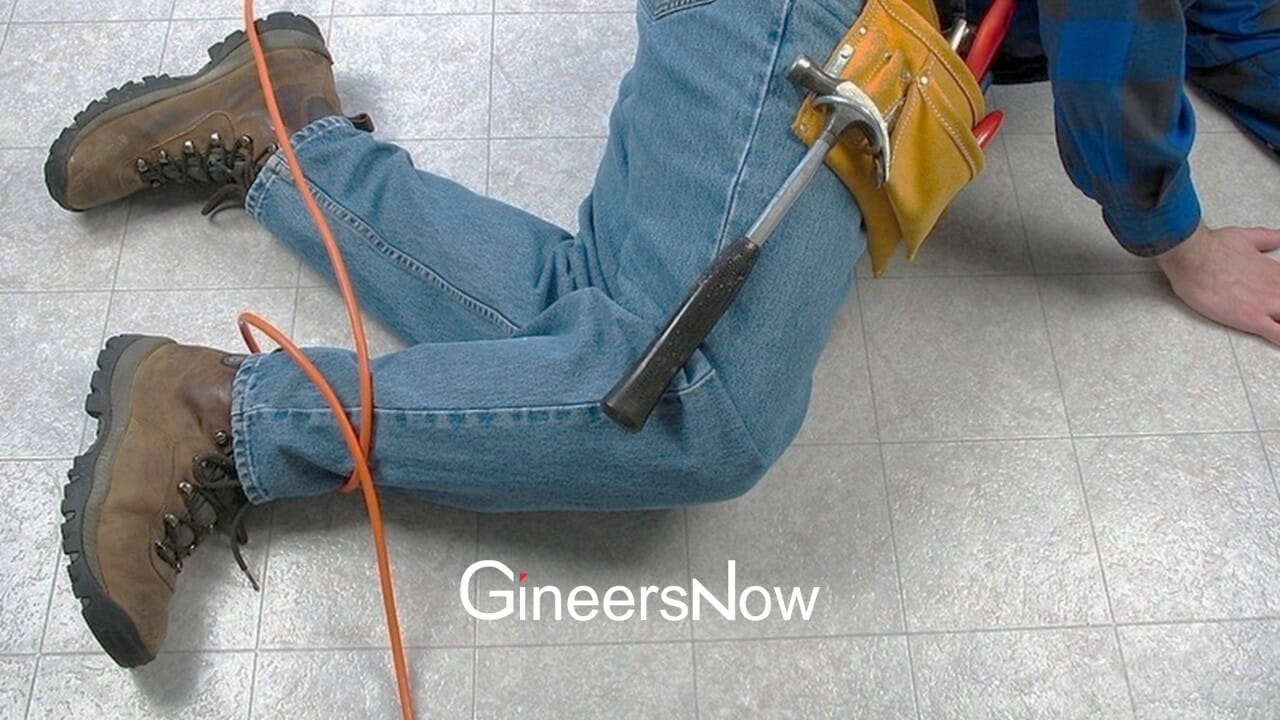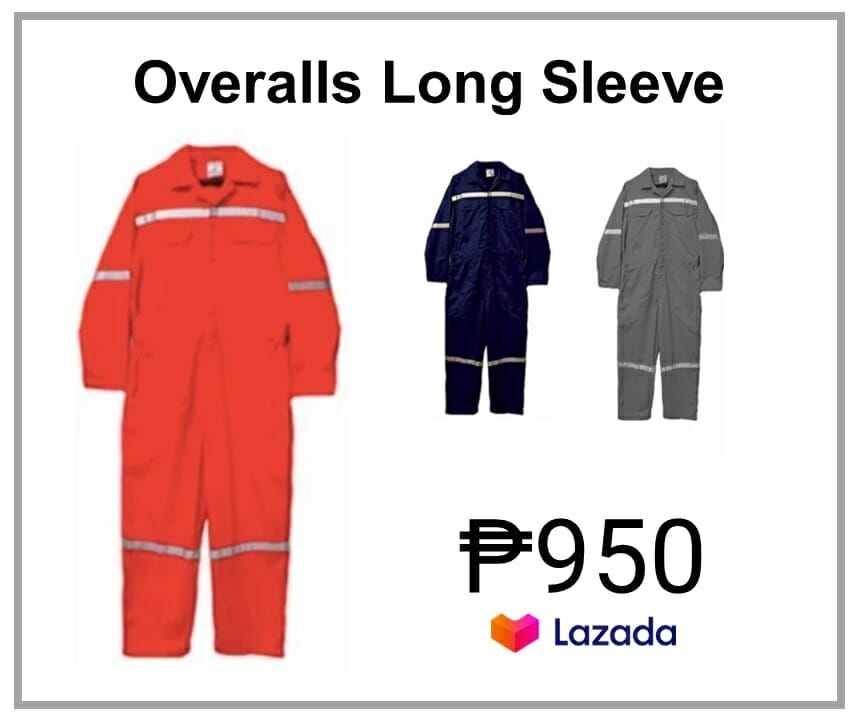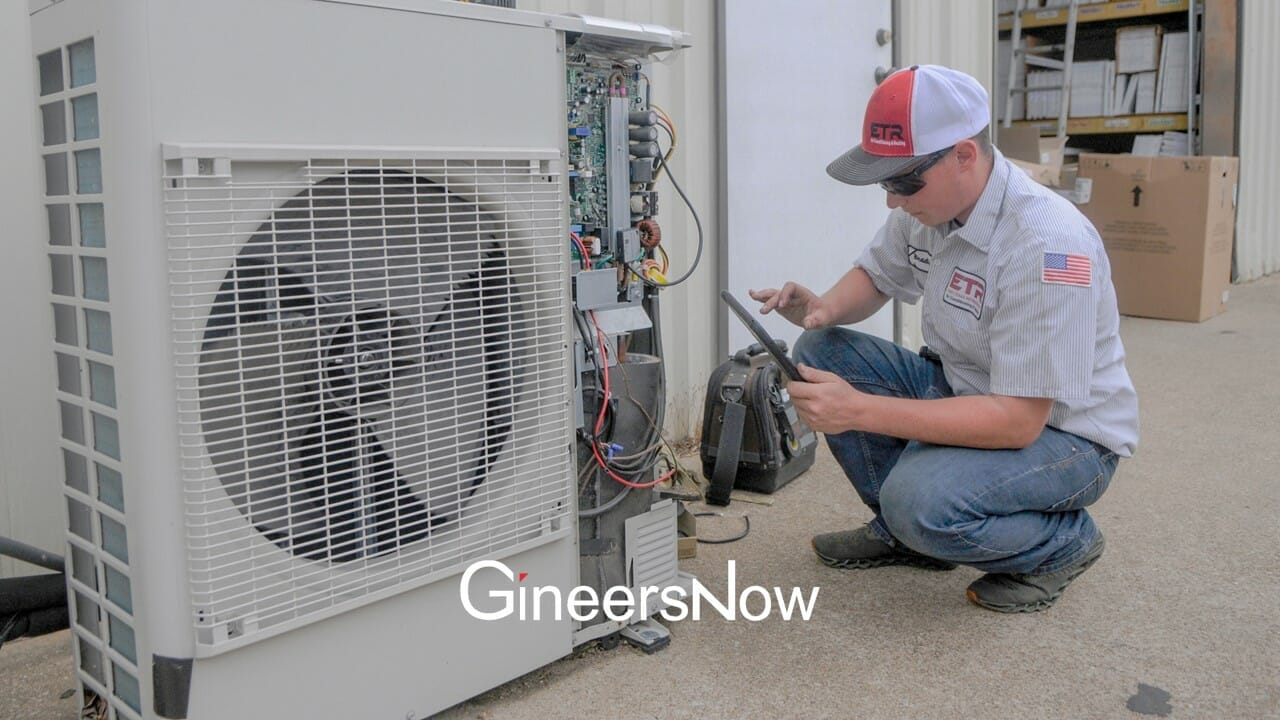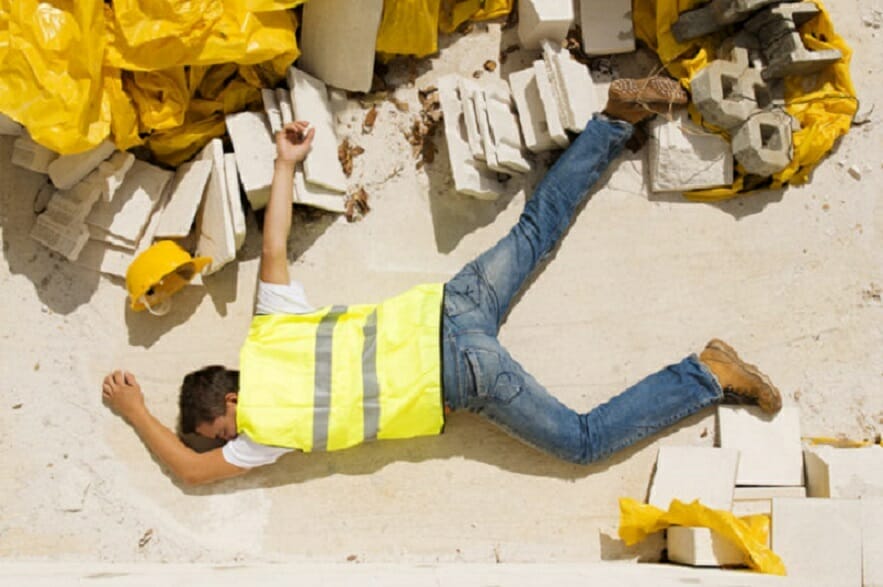Workplace injuries and accidents can have a significant impact on employee well-being, productivity, and the overall success of a business. As someone responsible for maintaining or ensuring safety in a workplace, it is crucial to understand the nature of workplace injuries, their causes, and the measures that can be taken to prevent them. You may consider buying personal protective equipment at https://jrsindustrial.co.uk/ to ensure the safety of your workers.
Understanding Workplace Injuries and Their Causes
Workplace injuries encompass a wide range of physical harm that employees may experience while performing their duties. Common types of workplace injuries include:
- Musculoskeletal disorders (e.g., sprains, strains, and back injuries)
- Cuts, lacerations, and punctures
- Burns and scalds
- Falls, slips, and trips
- Exposure to harmful substances or environments
There are numerous factors that contribute to the occurrence of workplace injuries and accidents, including:
- Insufficient training and supervision
- Poorly maintained equipment and tools
- Inadequate personal protective equipment (PPE)
- Unsafe work practices and procedures
- Lack of hazard identification and risk assessment
- Inadequate communication and signage
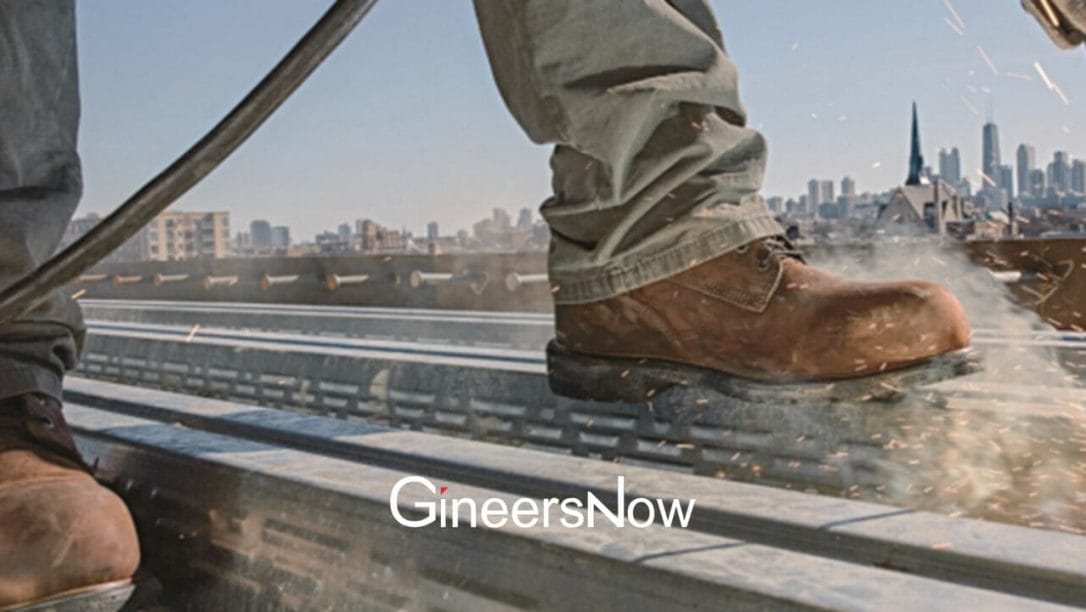
Measures to Prevent Workplace Injuries and Ensure a Safe Working Environment
Training and Supervision
Proper training and supervision are essential for ensuring workers understand the hazards associated with their job and know how to perform their tasks safely. Regular safety training sessions, toolbox talks, and refresher courses can help reinforce safe work practices and keep employees updated on new procedures and equipment.
Equipment Maintenance
Regular maintenance and inspection of tools and equipment are crucial for preventing accidents caused by malfunctioning or poorly maintained machinery. Establish a maintenance schedule for all equipment and ensure that employees are trained to identify and report any signs of wear or damage.
Personal Protective Equipment (PPE)
Providing appropriate PPE and ensuring its proper use can significantly reduce the risk of injury. Assess the specific hazards present in your workplace and select suitable PPE, such as gloves, safety glasses, and hard hats, to protect workers from potential harm.
Safe Work Practices and Procedures
Developing and implementing safe work practices and procedures is an effective way to prevent accidents and injuries. Review and update these regularly to ensure they remain relevant and effective. Encourage employees to report any unsafe conditions or practices they encounter and address them promptly.
Hazard Identification and Risk Assessment
Conduct regular hazard identification and risk assessment exercises to pinpoint potential dangers in the workplace and determine the appropriate control measures. This proactive approach can help prevent accidents before they occur and contribute to a safer work environment.
Communication and Signage
Clear communication and signage play a crucial role in preventing workplace injuries. Ensure that safety information, such as hazard warnings, emergency procedures, and evacuation routes, is readily accessible and well-displayed throughout the workplace.
The Role of Personal Protective Equipment in Preventing Workplace Injuries
PPE is an essential component of workplace safety, protecting workers from various hazards and reducing the risk of injuries. Some common types of PPE include:
- Gloves: Protect hands from cuts, abrasions, burns, and chemical exposure.
- Safety glasses and goggles: Shield eyes from flying debris, chemical splashes, and harmful radiation.
- Hard hats: Guard against impact and penetration injuries caused by falling objects or collisions.
- Earplugs and earmuffs: Minimize exposure to loud noises, preventing noise-induced hearing loss.
- Respiratory protection devices: Safeguard against harmful airborne substances, such as dust, fumes, gases, and vapors.
In Conclusion
Preventing workplace injuries and accidents is a critical responsibility for those in charge of maintaining a safe work environment. By understanding the causes of these incidents and implementing effective prevention measures, you can create a safer workplace for all employees. Incorporating personal protective equipment into your safety program further reinforces your commitment to protecting workers from potential harm and fostering a culture of safety and well-being.


